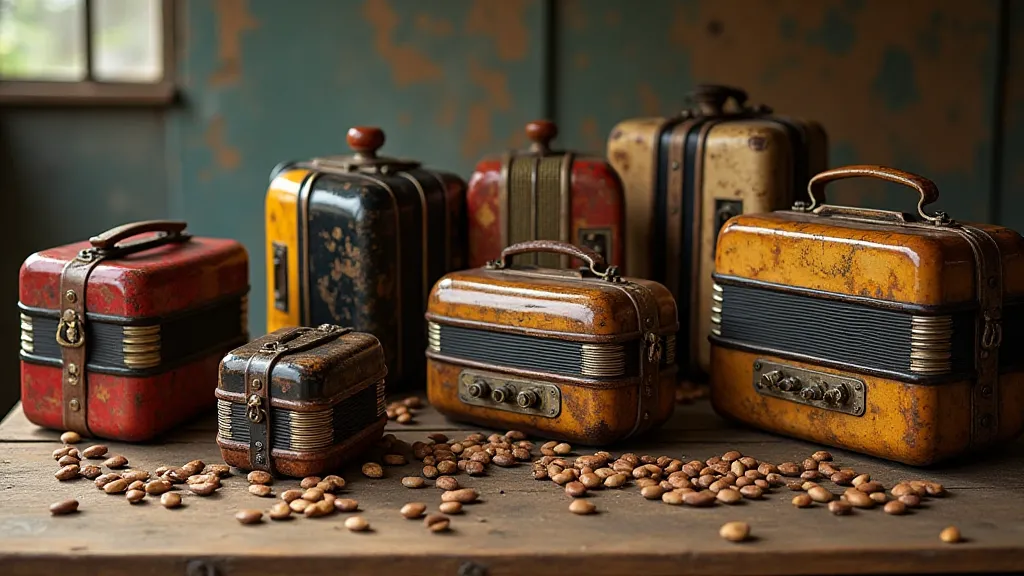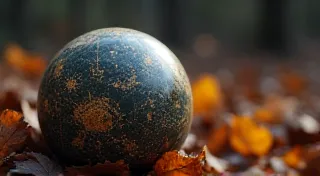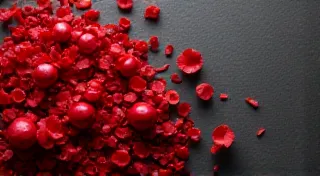The Bean's Paradox: Harmony in Diversity
There’s a peculiar beauty in imperfection. Think of a well-loved antique accordion, its bellows patched with careful stitching, its keys perhaps a little sticky, its finish softened by decades of use. It isn't flawless, but that’s precisely what gives it character, a story etched into its very being. It whispers of lively gatherings, of family celebrations, of countless hands that coaxed music from its heart. And this, I'm finding, is precisely what compels me to grow heirloom beans.
Modern agriculture, with its relentless pursuit of uniformity and yield, often overlooks this beauty. Fields stretch out in seas of identical plants, bred for predictability and mass production. While efficiency has its place, there’s a quiet tragedy in the loss of diversity. The flavors, colors, and textures of a richer past are slowly fading. That’s where heirloom beans step in – a vibrant rebellion against the blandness, a tangible link to the past.
My journey began, as many gardening passions do, with a simple desire for something better. Disappointed by the homogenous offerings at the local grocery store, I yearned for beans with a real depth of flavor, something beyond the predictable. I stumbled upon an online seed catalogue showcasing a dizzying array of heirloom varieties: Jacob's Cattle, Vermont Cranberry, Billie Jean, Kentucky Wonder – names that evoked a sense of history and mystery. Each one a tiny vessel of genetic heritage.
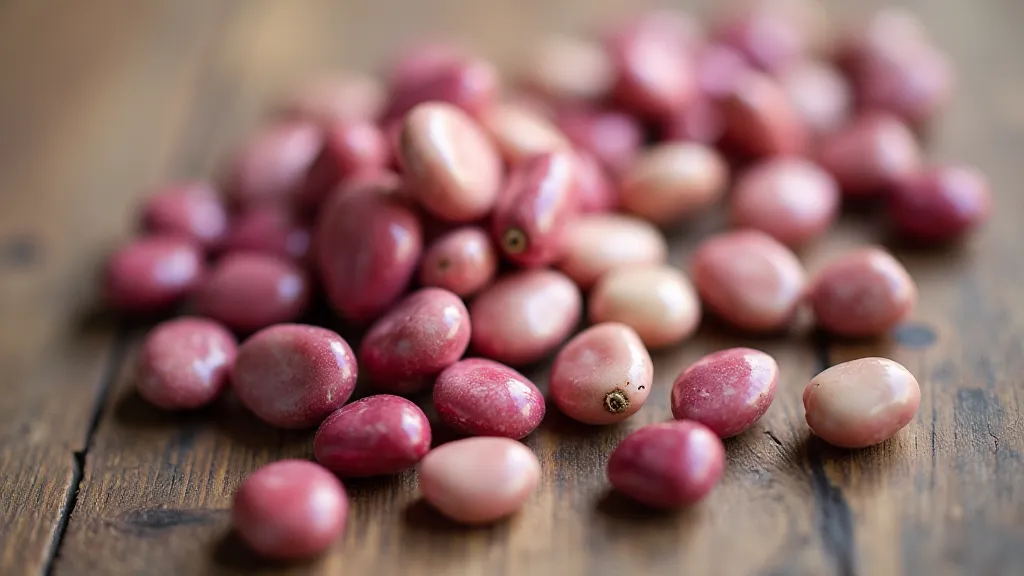
What Makes a Bean an Heirloom?
The term “heirloom” isn’t strictly regulated, but generally, a bean is considered heirloom if it has been passed down for generations—typically 50 years or more—and has been open-pollinated. This means they breed true; saving seeds from one generation will reliably produce plants with similar characteristics. Contrast this with modern hybrid beans, carefully engineered to combine desirable traits, but often unable to reproduce faithfully when saved.
Think of it like restoration. An accordion, meticulously rebuilt, retains its original charm because the craftsman understands its underlying design and utilizes authentic techniques. Likewise, saving heirloom bean seeds preserves the genetic integrity of these plants, safeguarding them from the relentless homogenizing pressure of modern agriculture.
A Tapestry of Flavors and Forms
The sheer diversity within the heirloom bean world is astounding. You’re not just choosing between green and wax; you're selecting from a rainbow of colors—deep purples, creamy yellows, mottled browns, and vibrant pinks. And the flavors! Some are subtly sweet, others earthy and savory, some possess a delicate nuttiness. Textures vary too, from plump and creamy to firm and snappy. Jacob’s Cattle, with its striking mottled pattern, offers a rich, earthy flavor. Vermont Cranberry, resembling tiny cranberries, boasts a sweet, almost fruity taste. Billie Jean, a Tennessee heirloom, is known for its exceptional creaminess when cooked.
This isn't just about taste; it's about connection. Eating a Billie Jean bean feels like tasting history – a whisper of the hands that cultivated it, the generations that enjoyed it. Each bean tells a story, rooted in a specific place and time.
Cultivating Harmony: Growing Heirloom Beans
Growing heirloom beans is remarkably straightforward, but understanding their nuances enhances the experience. They appreciate well-drained soil, ample sunlight (at least 6-8 hours a day), and consistent watering. Like antique accordions, they respond best to gentle care and understanding.
Soil Preparation: Amend your soil with compost or well-rotted manure to improve drainage and fertility. Beans, being legumes, can actually improve the soil by fixing nitrogen. This is a skill, like tuning an accordion – a natural ability that benefits the entire system.
Planting: Sow seeds directly into the ground after the last frost. Beans don't transplant well, so it's best to start them where you intend to keep them. Plant seeds about 1 inch deep and 2-3 inches apart.
Support: Many bean varieties, especially pole beans, will require support. Teepees, trellises, or even strings can provide the necessary structure.
Pest and Disease Management: Healthy soil and good air circulation are your best defenses against pests and diseases. Companion planting (e.g., with marigolds) can also help deter unwanted visitors.
Saving Seeds: This is the most rewarding part! Allow a portion of your crop to fully mature on the plant. The pods will turn brown and dry. Shell the beans and allow them to dry completely before storing them in a cool, dark place. The continuation of these varieties depends on the dedication of home gardeners.
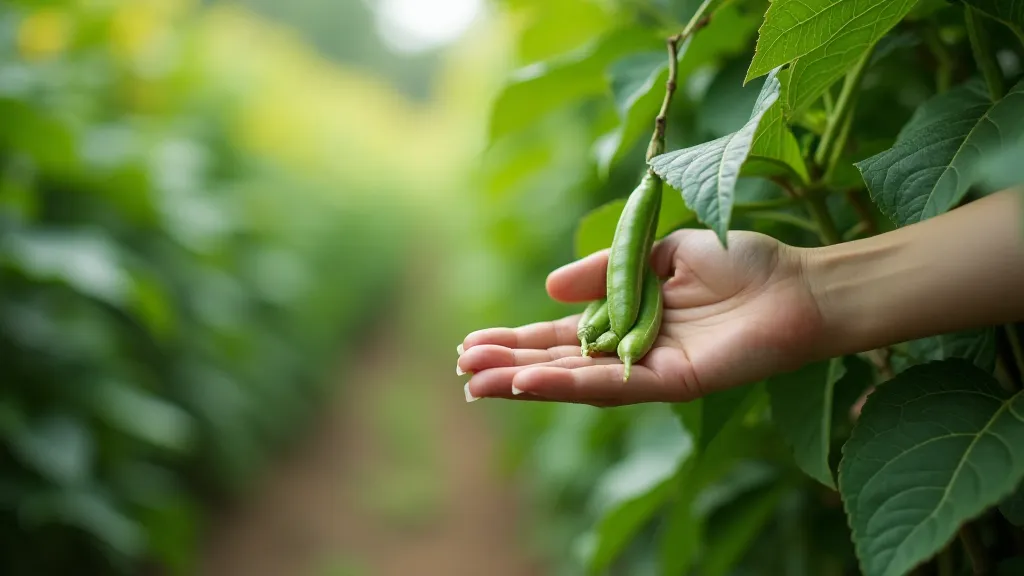
The Value of Variation: More Than Just Flavor
Beyond the delicious flavors and captivating colors, heirloom beans offer something profoundly important: genetic diversity. Modern agriculture's reliance on a few standardized varieties makes our food system vulnerable to pests, diseases, and climate change. Heirloom varieties, with their wider genetic pool, hold the potential to offer resilience and adaptability.
Imagine a world where every accordion sounded the same, played the same melodies, and looked identical. The joy of music would be significantly diminished. Similarly, a food system dominated by uniformity loses its richness, its resilience, and its soul. By growing and saving heirloom beans, we are actively participating in the preservation of our agricultural heritage, contributing to a more vibrant and sustainable food future.
It's a quiet rebellion, a gentle act of defiance against the relentless push for uniformity. It’s about celebrating imperfection, embracing diversity, and savoring the unique flavors and stories that each heirloom bean has to offer. It's about understanding that true value lies not in flawless predictability, but in the beauty and resilience of variation. And in that, I find a profound sense of harmony.
